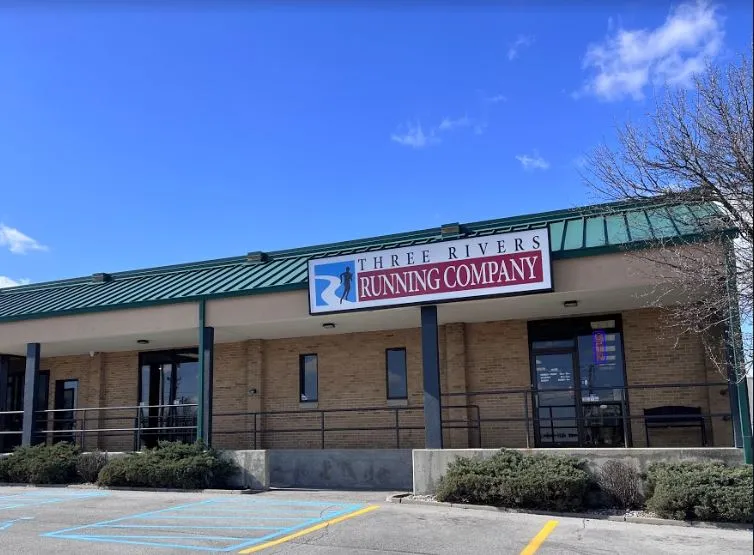Unfortunately, our digital storefront is down for a bit of maintenance. In the meantime, feel free to shop us in-store. Please check back again soon.

Three Rivers Running Company has been Fort Wayne's premier locally owned and operated running store since 2004. We are passionate about running, our community, and helping others along their wellness journey. We are the region's award-winning running store headquarters for walkers and runners alike. Whatever your level of fitness and goals, 3RRC can get you moving.